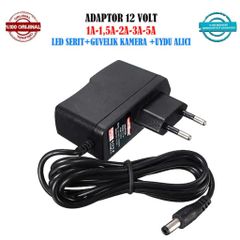
Kargo Bedava : Braun Silk Epil 3 Epilatör Epilasyon Aleti - Braun 3380 Epilatör Cihazı - Tiskin - Kargo Bedava

Braun Silk Epil 3 3370 Soft Perfection Epilatör Fiyatları, Özellikleri ve Yorumları | En Ucuzu Akakçe

BRAUN, epilatör kafa, ipek épil 1, 3 ve 5, beyaz, 20 cımbız sistemi, orijinal Braun marka, çıkarılabilir ile uyumlu çoklu modeller

Braun Silk-épil 3 SoftPerfection Epilator: SE3380 Prices & Features in Egypt. Free Home Delivery. Cairo Sales Stores

Braun SE 3380 Silk-épil 3 Epilator : Buy Online at Best Price in KSA - Souq is now Amazon.sa: Beauty



















